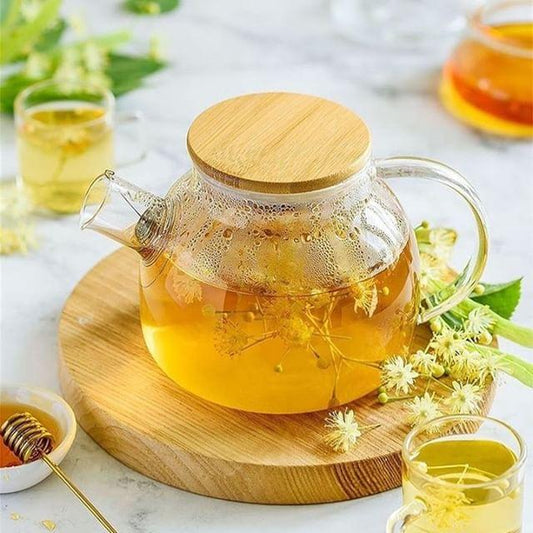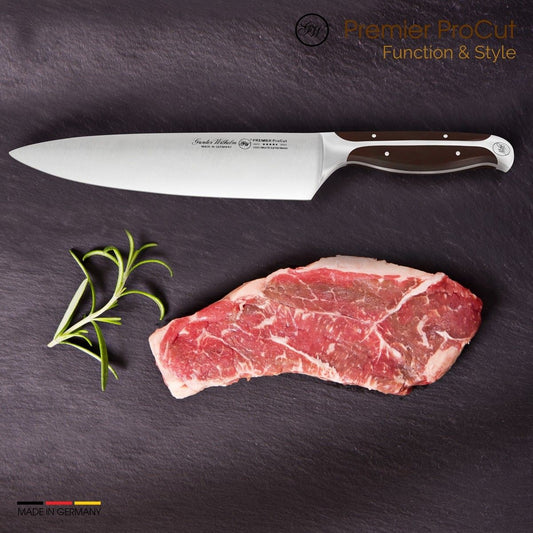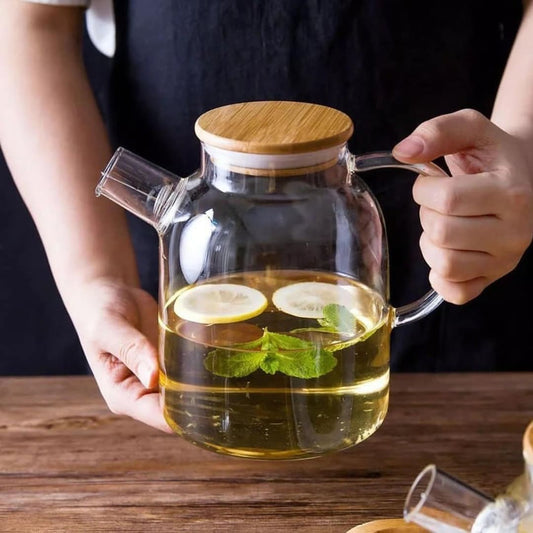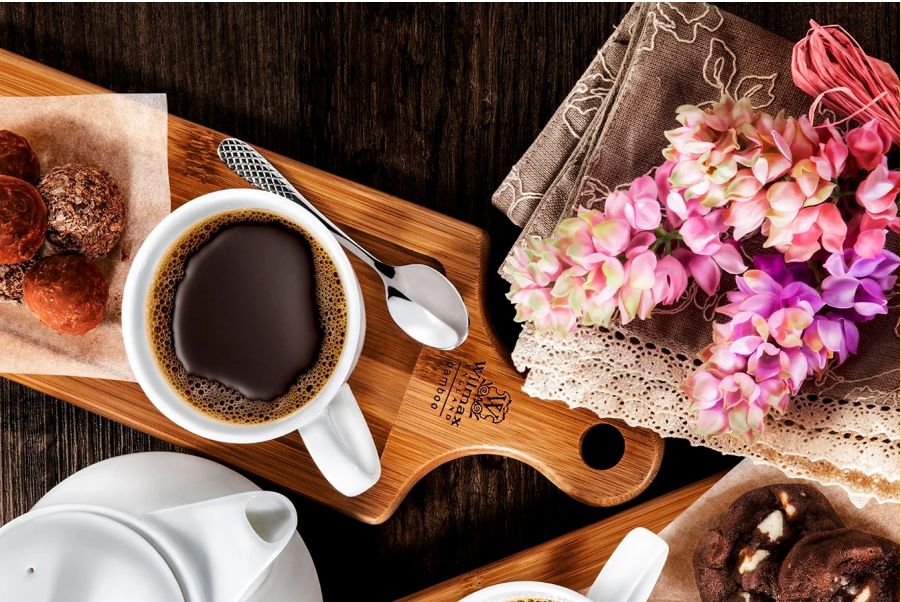Acid Trip: The Modern Love Affair with Vinegar, Pickles & Fermentation

Tangy, gut-friendly, and fashionably funky.
In 2025, the boldest flavor isn’t sweet, salty, or spicy — it’s acid. A new generation of chefs and diners has fallen head over heels for tang, celebrating ingredients that pucker the lips, spark the palate, and wake up every corner of a dish. From artisanal vinegars to small-batch pickles to fermentation bars popping up in major cities, acidity has become the year’s most exciting culinary currency. Welcome to the Acid Trip — a world where funk, fizz, and sour notes reign supreme.
Once a supporting player, acid is now the star — delivering brightness, complexity, and a refreshing jolt that cuts through richness like a culinary lightning bolt. And thanks to its gut-friendly benefits and ancient heritage, this trend feels as wholesome as it is hip.
The Sour Awakening
Acid has always been a chef’s secret weapon, the quiet force that balances fat, expands flavor, and brings life to a dish. But in 2025, it’s moved from background note to signature expression. Diners are actively seeking tang — the pleasant, vibrant sourness that feels refreshing rather than aggressive. Think: sharp, fruity vinegars; pickled vegetables; fermented chili pastes; citrus-forward dressings.
“Acidity is energy,” says Korean-American chef Jiwoo Park. “It’s brightness you can taste. It wakes up the entire mouth.”
The appeal isn’t just sensory — it’s emotional. Acidic foods feel alive. They fizz, crackle, hum, and change. They’re the opposite of static. They promise transformation.
The Fermentation Renaissance
Fermentation, one of humanity’s oldest preservation methods, has become the centerpiece of modern dining. What began as a hobby among home cooks — sourdough starters, kombucha jars, mason-jar pickles — has grown into a full-scale culinary movement. Restaurants now run specialty fermentation labs, experimenting with koji, miso, and lacto-brining like alchemists.
At Copenhagen’s new “acid-forward” restaurants, lacto-fermented blueberries sit atop charred lamb. In Mexico City, pineapple tepache infuses cocktails with tangy effervescence. In Seoul, chefs reinterpret jang traditions with contemporary flair. Everywhere, fermentation is no longer rustic — it’s refined.
“Fermented foods have depth,” says food scientist Elina Rocha. “It’s not just sour. It’s fruity, funky, savory, and floral all at once — like a chord with many notes.”
Vinegar: The New Liquid Gold
Vinegar has stepped into the spotlight with surprising elegance. No longer confined to salad dressings, it’s now used like wine — aged, nuanced, and terroir-driven. Chefs swirl vinegars made from figs, cherries, rice, and honey into sauces and cocktails. Mixologists craft vinegar spritzes. Bakers brush vinegar syrups onto cakes to brighten sweetness.
Specialty shops selling small-batch vinegars have become the new tasting rooms. Shoppers sip vinegar flights the way others sample olive oil or craft spirits. The language — “rounded acidity,” “velvety,” “bright with floral notes” — mirrors wine culture with a tangy twist.
Acidity has gone artisanal — and beautifully so.
Pickles Take Center Stage
In the global Acid Trip, pickles are no longer relegated to the side of the plate — they make the plate. Chefs are creating vibrant, tangy components that cut through richness and define the dish. Pickled shallots on tacos. Pickled grapes with soft cheeses. Pickled mustard seeds bursting like tiny acidic caviar.
Across India, the world is falling in love with achar — fiery, sour pickles that add electricity to every dish. In the Middle East, quick-pickled beets and turnips dye sandwiches a bright fuchsia. Scandinavia’s love of dill-pickled cucumbers now influences menus from London to Los Angeles.
Bright, crunchy, tangy, addictive — pickles are having their global moment.
Acidity as a Design Element
The Acid Trip isn’t just a flavor trend — it’s shaping plating, presentation, and even restaurant interior design. Acidic foods tend to be vibrantly colored: neon greens, ruby reds, deep purples, citrus yellows. On matte black or stone-colored ceramics, they create dramatic contrast.
Restaurants are embracing this aesthetic. Brightly colored pickled vegetables arranged like brushstrokes. Citrus segments layered like gemstones. A drizzle of vinegar gel that glistens like lacquer. The visual language of acidity is: bold, vivid, and alive.
And diners aren’t just tasting acid — they’re photographing it.
The Gut-Health Boom
One of the biggest drivers of the acid-forward craze is wellness. Fermented foods are rich in probiotics, aiding digestion and supporting immunity. Acidic foods stimulate salivation and digestion, making meals feel lighter. Kombucha bars, kefir cafés, and kimchi-focused delis combine the pleasure of bold flavor with a sense of nourishment.
Nutritionists now recommend adding a sour component to every meal. A spoonful of sauerkraut. A splash of vinegar. A squeeze of lime. Not only does it brighten flavor — it improves metabolic response.
Health meets hedonism, and they get along beautifully.
The Emotional Side of Sour
Acidity carries nostalgia and emotional resonance. For many, it recalls family kitchens, jarred pickles cooling on counters, homemade ferments bubbling quietly in dark corners. For others, it’s tied to travel — the tang of ceviche in Peru, kimchi in Seoul, pickled mango in Mumbai, vinegar chips at a London pub.
Sourness also feels honest. It’s bold, immediate, and unapologetic. In a world of muted flavors and digital filters, acidity offers raw clarity — a flavor that refuses to hide.
“Sour food cuts through the noise,” says London fermentation expert Maren Ellis. “It’s flavor with attitude.”
A Flavor Trend with Staying Power
As global tastes continue shifting toward brighter, livelier flavors, acidity shows no signs of fading. With its blend of wellness, craftsmanship, and sensory excitement, it hits every modern pleasure point. Vinegar will keep evolving. Pickles will keep multiplying. Fermentation will keep innovating.
Acid is not a phase — it’s a palette, a philosophy, and a movement.
In a world seeking honesty and freshness, sourness is the flavor that speaks the clearest.
Share:





